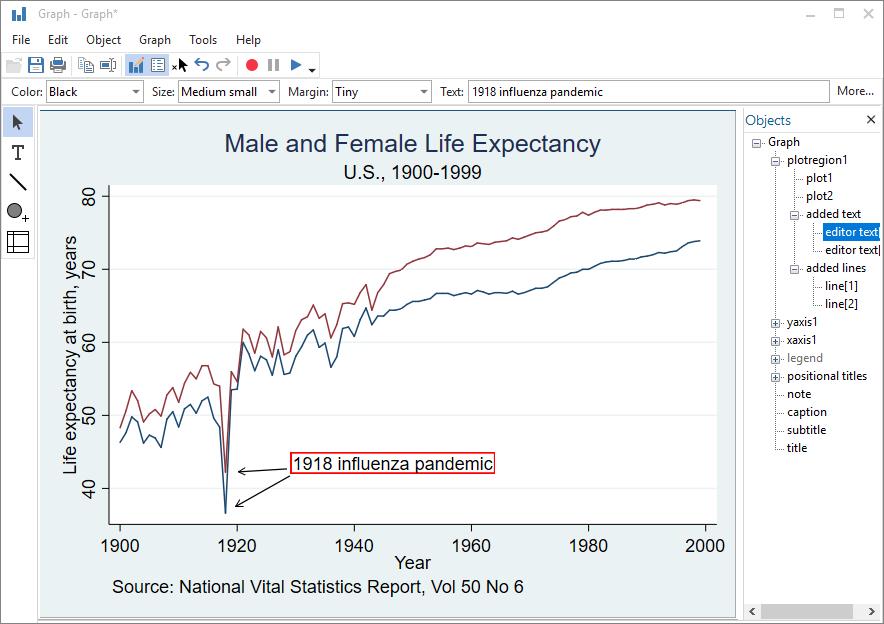- 产品描述
科学软件网提供的软件覆盖各个学科,软件数量达1000余款,满足各高校和企事业单位的科研需求。此外,科学软件网还提供软件培训和研讨会服务,目前视频课程达68门,涵盖34款软件。科学软件网提供大量正版科学软件,满足各学科的科研要求。科学软件网专注软件销售服务已达19年,全国大部分高校和企事业单位都是我们的客户。同时,我们还提供本地化服务,助力中国的科研事业
What is Bayesian analysis? Bayesian analysis is a statistical analysis that answers research questions about unknown parameters of statistical models by using probability statements. Bayesian analysis rests on the assumption that all model parameters are random quantities and thus are subjects to prior knowledge. This assumption is in sharp contrast with the more traditional, also called frequentist, statistical inference where all parameters are considered unknown but fixed quantities. Bayesian analysis follows a simple rule of probability, the Bayes rule, which provides a formalism for combining prior information with evidence from the data at hand. The Bayes rule is used to form the so called posterior distribution of model parameters. The posterior distribution results from updating the prior knowledge about model parameters with evidence from the observed data. Bayesian analysis uses the posterior distribution to form various summaries for the model parameters including point estimates such as posterior means, medians, percentiles, and interval estimates such as credible intervals. Moreover, all statistical tests about model parameters can be expressed as probability statements based on the estimated posterior distribution.
Bayesian inference provides a straightforward and more intuitive interpretation of the results in terms of probabilities. For example, credible intervals are interpreted as intervals to which parameters belong with a certain probability, unlike the less straightforward repeated-sampling interpretation of the confidence intervals. Bayesian models satisfy the likelihood principle (Berger and Wolpert 1988) that the information in a sample is fully represented by the likelihood function. This principle requires that if the likelihood function of one model is proportional to the likelihood function of another model, then inferences from the two models should give the same results. Some researchers argue that frequentist methods that depend on the experimental design may violate the likelihood principle.
ce.
Summary statistics Results from hypothesis tests Regression results LR and Wald tests, GOF statistics, ... Results from any Stata command
This contrast can be interpreted as the average treatment effect of irrigation. Being a nonparametric regression, the unknown mean is approximated by a series function of the covariates. And yet we can still obtain the inferences that we could from a parametric model. We use margins. We could type . margins irrigation, at(temperature=(40(5)90)) and obtain a table of the expected effect of having irrigation at temperatures of 40, 50, ..., 90 degrees. And we could graph the result using marginsplot. Even more, npregress series can fit partially parametric (semiparametric) models.
Stata 16 has a new suite of commands for performing meta-analysis. This suite lets you explore and combine the results from different studies. For instance, if you have collected results from 20 studies about the effect of a particular drug on blood pressure, you can summarize these studies and estimate the overall effect using meta-analysis.
科学软件网不定期举办各类公益培训和讲座,让您有更多机会免费学习和熟悉软件。科学软件网为全国大多数高校提供过产品或服务,销售和售后团队,确保您售后**!2020年,北京天演融智软件有限公司申请高等教育司产学合作协同育人项目,“大数据”和“机器学习”师资培训项目,以及基于OBE的教考分离改革与教学评测项目已获得批准。我们将会跟更多的高校合作,产学融合协同育人。
北京天演融智软件有限公司(亦称:融智软件)前身是北京世纪天演科技有限公司,成立于2001年,专注为国内高校、科研院所和以研发为主的企事业单位提供科研软件和服务的。 融智软件始终秉承“依托教育,服务教育”的经营理念,为我国各类高等院校、科研机构提供丰富的教学资源服务和*的科学软件服务,公司拥有多名国外留学归来的博士和硕士,在美国设有合资公司(TurnTech LLC.)。 截止目前,融智软件已获得数百家**软件公司正式授权,销售科研软件达1000余种。产品涵盖教育、、交通、通信、电力等行业。尤其是大数据相关软件方面,为诸如北京大学、清华大学、中国大学、中科院、农科院、社科院、、交通部、南方电网、电网等国内大型企事业单位、部委和科研机构长期提供相关产品。同时,还提供专业培训、视频课程(包含40款软件,80门课程)、实验室解决方案和项目咨询等服务。 2020年开始,融智软件申请高等教育司产学合作协同育人项目,“大数据”和“机器学习”师资培训项目,以及基于OBE的教考分离改革与教学评测项目已获得批准。融智软件将会跟更多的高校合作,产学融合协同育人。
欢迎来到北京天演融智软件有限公司网站,我公司位于拥有6项世界级遗产,拥有文化遗产项目数最多的城市,一座有着三千余年建城历史、八百六十余年建都史的历史文化名城,拥有众多历史名胜古迹和人文景观的中国“八大古都”之一 —北京。 具体地址是北京海淀公司街道地址,负责人是张经理。
主要经营matlab|spss|gams|stata|pscad|cyme|gms|hydrus|mathematica。
我们的产品优等,服务优质,您将会为选择我们而感到放心,我们将会为得到您认可而感到骄傲。
本页链接:http://www.cg160.cn/vgy-117613419.html
以上信息由企业自行发布,该企业负责信息内容的完整性、真实性、准确性和合法性。阿德采购网对此不承担任何责任。 马上查看收录情况: 百度 360搜索 搜狗
关于北京天演融智软件有限公司
商铺首页 |
更多产品 |
联系方式
北京天演融智软件有限公司(亦称:融智软件)前身是北京世纪天演科技有限公司,成立于2001年,专注为国内高校、科研院所和以研发为主的企事业单位提供科研软件和服务的。
融智软件始终秉承“依托教育,服务教育”的经营理念,为我国各类高等院校、科研机构提供丰富的教学资源服务和*的科学软件服务,公司拥有多名国外留学..
- 我要给“stata软件怎样用_保证正版”留言
- 更多产品
相关分类






















